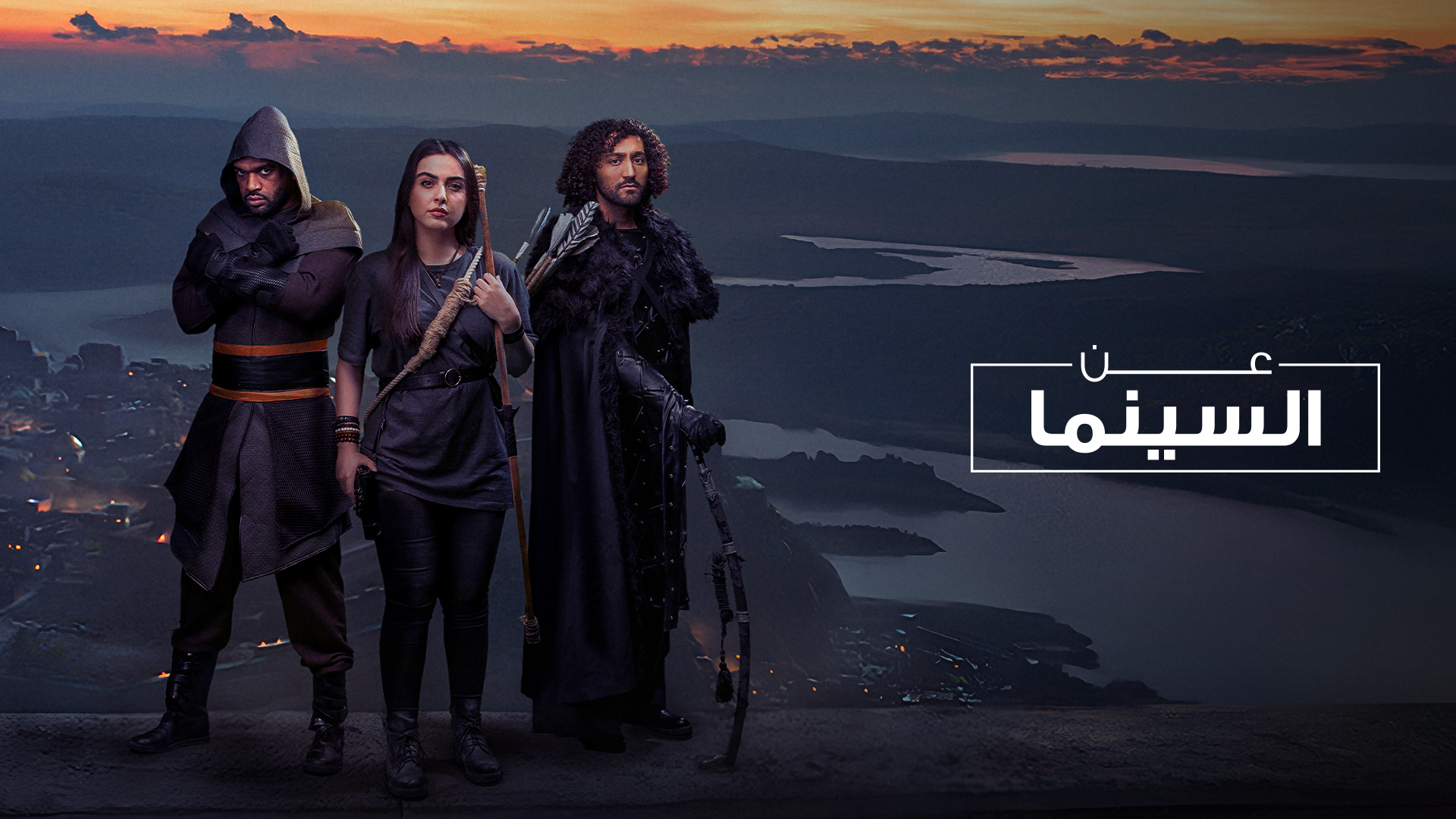The ability of cinema makers to reveal the inner world of characters is a continuous creative challenge, and cinema resorted to various techniques to communicate feelings and ideas to the viewer, which creates an artistic bridge between the human mind and the display screen.
In this context, Rita Khan explains in the 24/24/25/25 episode of the “On the Cinema” program that the difference between the novel and the cinema is great, as the writer in the novel can easily describe the feelings and ideas of the hero directly, while the film maker faces a real challenge in transferring what is going on in the mind of the character to the viewer.
The writers and directors resort to several ways to convey the ideas and feelings of the heroes, the most important of which is what is called “the friend of the hero”, a secondary figure who is often less intelligent and attractive than the main hero, and her basic function is to be a means of the hero to express his feelings and ideas through dialogue with her.
The cinema, through its history, was filled with classic examples of the personality of the “friend of the hero” in the cinema, including famous duets such as Abdel Halim Hafez, Abdel Salam Al Nabulsi, Kamal El -Shennawi and Ismail Yassin in Egyptian cinema, and even the character of Schobak’s friend Han Solo in stars war films.
It can be observed that an important example of the great impact that a friend of the hero friend plays in the movie “The beholder” by Mohamed Saad explains how deleting the character “Atef”, the friend of the hero from the scene, makes him strange and illogical, because people do not speak with themselves loudly.
Some directors also resorted to new and innovative ways, such as “Cast Awai”, where he created the hero who lives alone on an isolated island as a fictional friend “Wilson” is a ball, to be able to express his feelings.
Other ways
Directors developed other ways to convey the ideas of the hero, such as voice-country, as international films such as “Wall Street Wolf”, “Shawshan Redmbbbbstation”, or an Egyptian like “Ibrahim Al Abyad”.
Despite the effectiveness of the audio comment, many critics consider it a “creative lazy” from the writers, and they affirm that one of the most important rules of cinema is to provide visual solutions to express ideas and feelings.
Other directors resort to other creative ways such as written or audio messages, as in the Egyptian series “Newton”, or “BSI LOFU”, and the songs performed by the hero as in the movie “Lee Mizruba”.
The makers of some films used an audio comment in an innovative way, such as “Forest Gamp”, in which the inner voice was a dialogue between the hero and a group of strangers, and the movie “The Great Ghatsby”, which used a dialogue between the hero and his psychiatrist.
In a related context, the episode presented a dramatic story about Khan’s return to her ex -colleagues Abboud and Azzam after she left their company “No Badge” to work in a major production company, where they discussed the possibility of resuming work together after discovering that her new work does not achieve her ambition in filmmaking instead of advertisements.
Azzam suggested that they apply for a scholarship in Türkiye to study cinema, but Abboud revealed his fear of flying, in a scene that embodies the main idea of the episode on the importance of the existence of a secondary figure that helps in showing the feelings of the main characters.
23/4/2025

